The awe and fascination with which Tibetans regard the etched agate beads they call
"dZi" must be something similar to ancient man's obsession with beads, which
has been revealed in the beautiful specimens that have survived from antiquity. That
beads played an important part in the religious, social, and economic spheres of the
ancient world is well known. DZi beads occupy a similar place in Tibetan
cultural life to this day. Their ancient pattern of beliefs still persists in the
refugee communities of Tibetans in Nepal and India. It is this very rootedness in
Tibetan culture that makes dZi beads so difficult to research. Very few examples of
dZi beads have found their ways to the West due to the high value Tibetans
place on them and their reluctance to sell them except for very high sums. A few
examples of dZi beads found their way to the West due to the high quality
have been brought by Tibetan refugees themselves and acquaintance by the authors
with some of these beads whetted an appetite for more information. Further
opportunities for study came during two trips to India and Nepal, in 1978 and 1979.
Field technique was as follows: It was made known in the Tibetan communities visited
that the authors were interested in purchasing dZi beads.
Previous Page
Every opportunity
to question anyone who knew anything about dZi was utilized, usually with
the aid of an interpreter who is himself a Tibetan. The authors also attended Losar
(New Year) celebration as well as a Tibetan wedding - two occasions on which the
women wear their best finery and ornaments. In this way several hundred specimens
were examined and some ideas were obtained concerning not only the folklore
about dZi but also which beads were most prized and why.
Jewels and Physical Well Being
There are three supposed methods of applying the jewel for medicinal purposes; allowing the patient
to touch the gem and taking it orally as a powder mixed with other preparations.
Many jewels are worn for their medicinal properties. It is said that dZi protects its wearer
from strokes and other sicknesses, as well as from evil influences. If, while it is being worn, the
bead is in any way damaged or broken, it is taken as a sign that the bead has performed its task and
absorbed the shock of the super-natural attack, though the dZi is then rendered useless for any
further protection. Turqoise is often worn for physical well-being, to purify the blood and protect the
liver. A change of colour in a turquoise is said to reflect the state of the wearer's health. It grows
paler and greener as the owner sickens, and loses its colour and intensity entirely at their death.
However it recovers its beauty and strength of colour entirely when given to a new owner. In much the
same way, when given as a love token, its colour remains strong and bright as long as the lover's affection
lasts.
Gems and precious metals also constitute a vital ingredient in making of Tibetan traditional medicines.
The reddish-brown pearl is considered the most effective of all the organic and metallic drugs - medicines
containing pearls are said to cure brain diseases and extract poison. The cool nature of turquoise is
believed to help liver ailments and blood pressure and is said to possess a detoxifying quality. Gold is
believed to prevent poison from affecting the organs of the body by causing it to slide down like water
poured on a flower petal. Silver is supposed to dry and stop the flow of blood and pus, coral is used
for fevers, sapphire for leprosy and extracting poison from the system. Coral is said to help migraine,
brain disorders, fainting spells and seizures.
Precious pills, which contain most of these ingredients, also play an important part in curing many
physical disorders. The Rinchen Ratna Samphel , (the Precious Wish Fulfilling Jewel), is compared
to a precious jewel from the king of medicines. It contains over 100 different ingredients including
Ngochu Tsothel , (a preparation of purified mercury, sulphur and sixteen different metals and
minerals developed by the thirteenth century Tibetan scholar. Khedup Ugen Rinchen Pal ), as well
as seventy other ingredients such as purified gold, silver, copper, iron, lead and lode-stone. More
notably the pill contains such gems as coral, turquoise, pearls, lapis lazuli and dZi. The precious
jewels are detoxified and then ground into a very fine powder to be mixed with a number of other organic
and mineral materials.
This is but one of many different Precious Pills in Tibetan medicine administered for general well-being
as well as specific ailment. The Rinchen Ratna Samphel is said to guard against illness caused by
different spirits as well as being an antidote, combatting all types of poisoning, high blood pressure,
blood clots, ulcers, primary stages of cancer, strokes and paralysis. Unlike western medicines the
therapeutic effect of pills such as these cannot be attributes to one active ingredient. It is the exact
combination of the different organic substances and minerals that is of benefit. If one asks a Tibetan
doctor how this works it is related back to the four different principles of therapeutic action - the
tastes, the eight natural powers, the seventeen secondary qualities and the three post digestive powers.
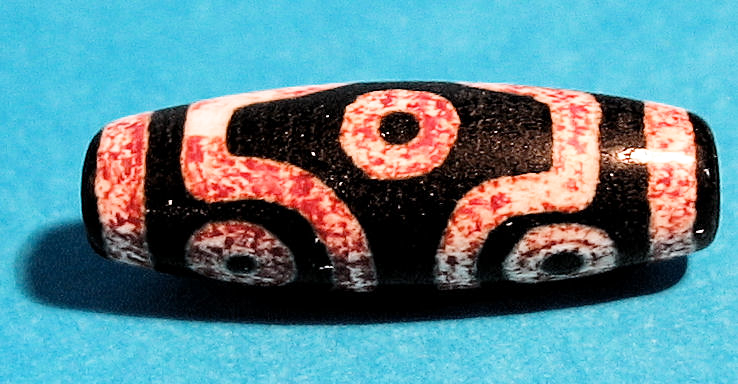
Price: $388.97 |

Price: $188.97 |
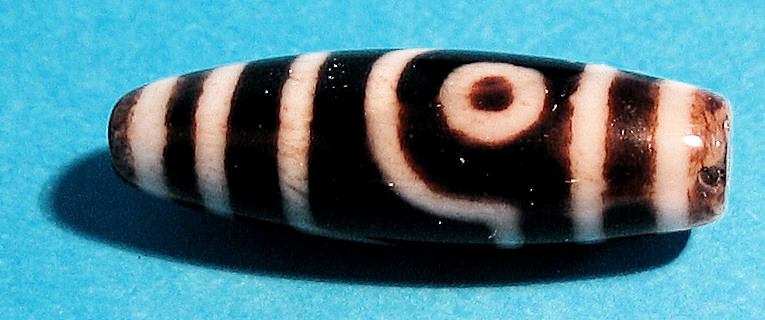
Price: $248.97 |
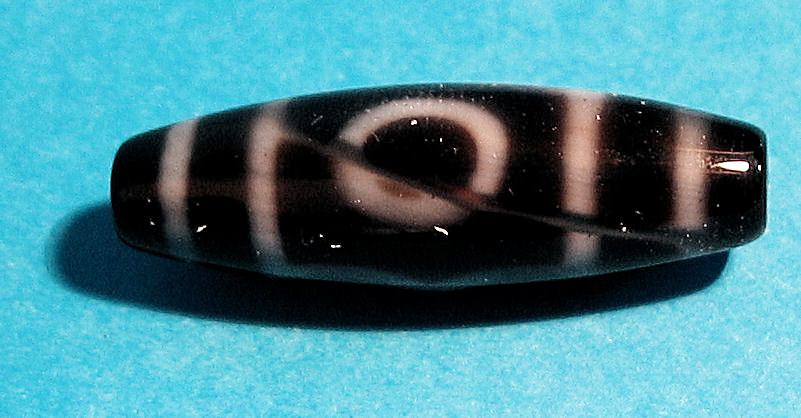
Price: $318.97 |

Price: $398.97 |
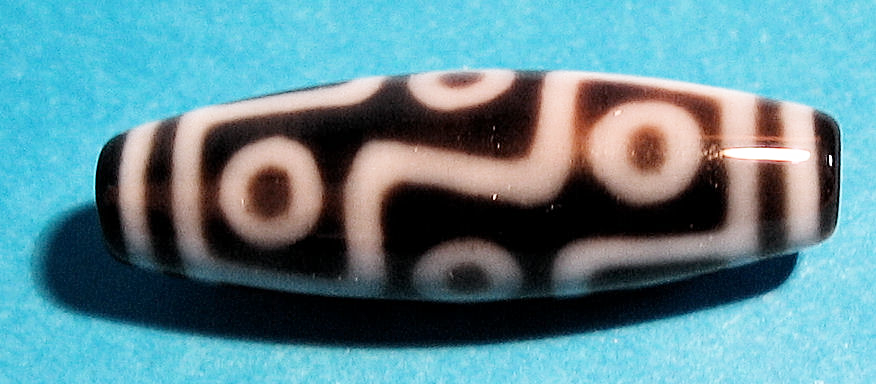
Price: $488.97 |
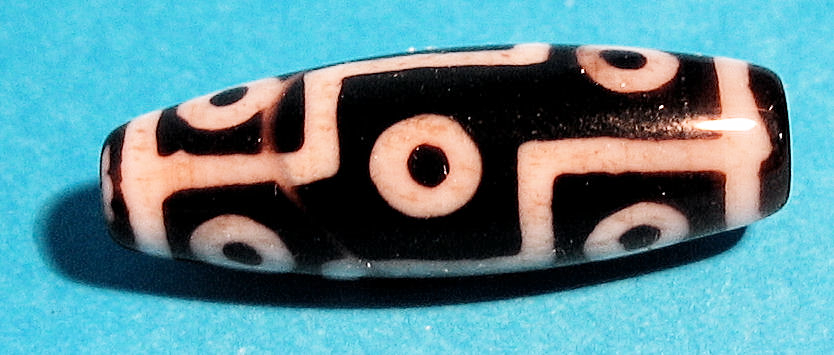
Price: $498.97 |
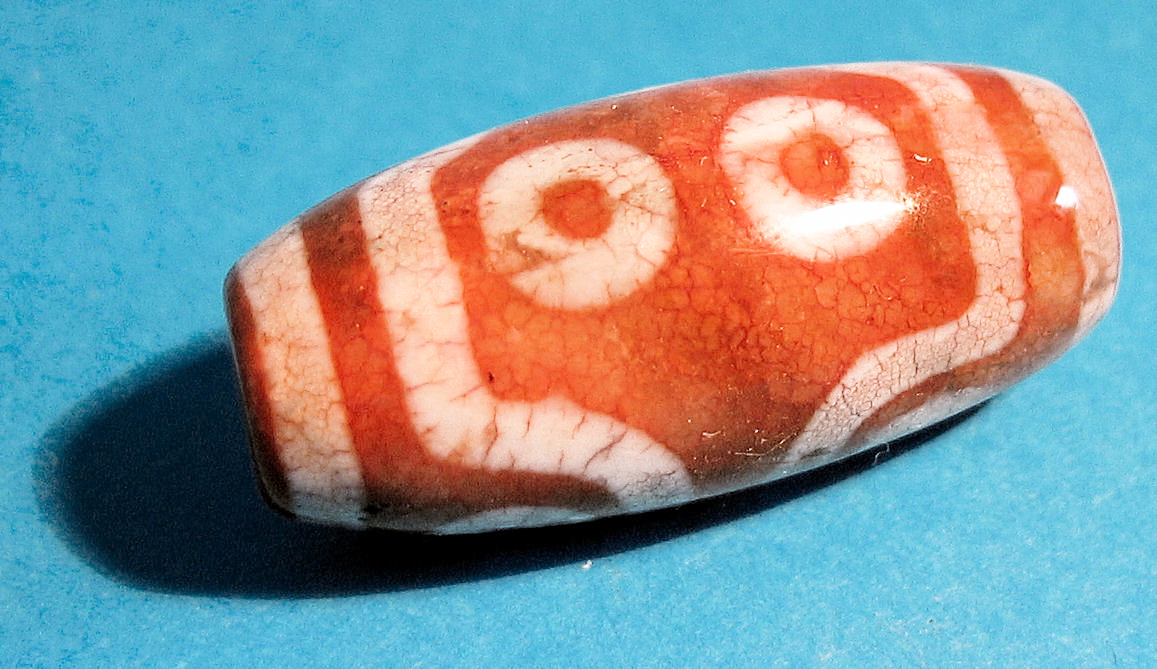
Price: $638.97 |
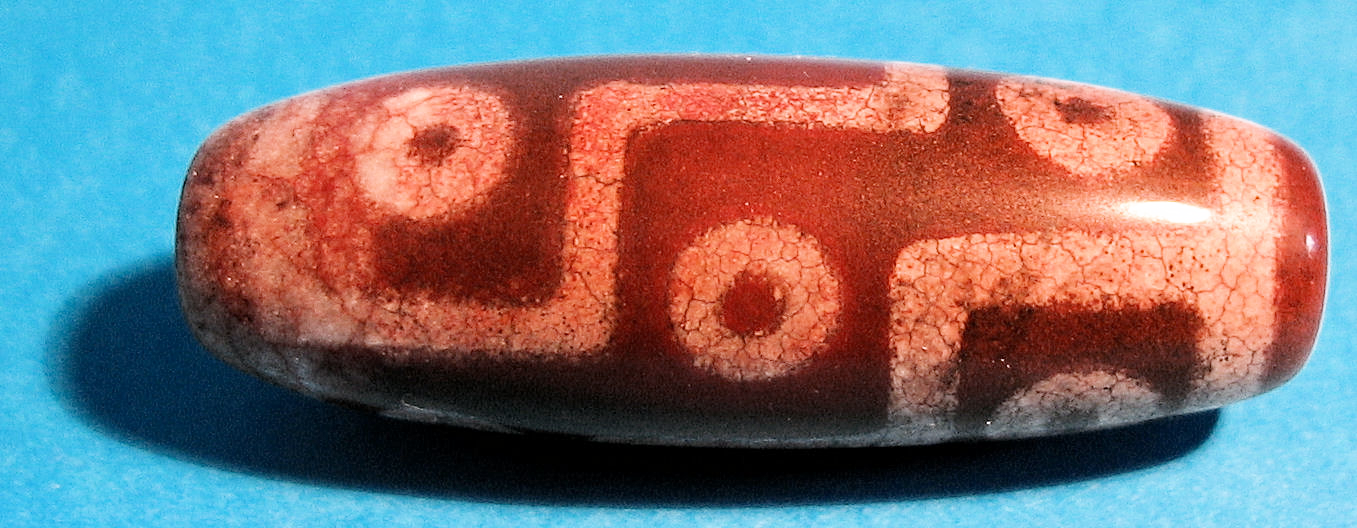
Price: $888.97 |
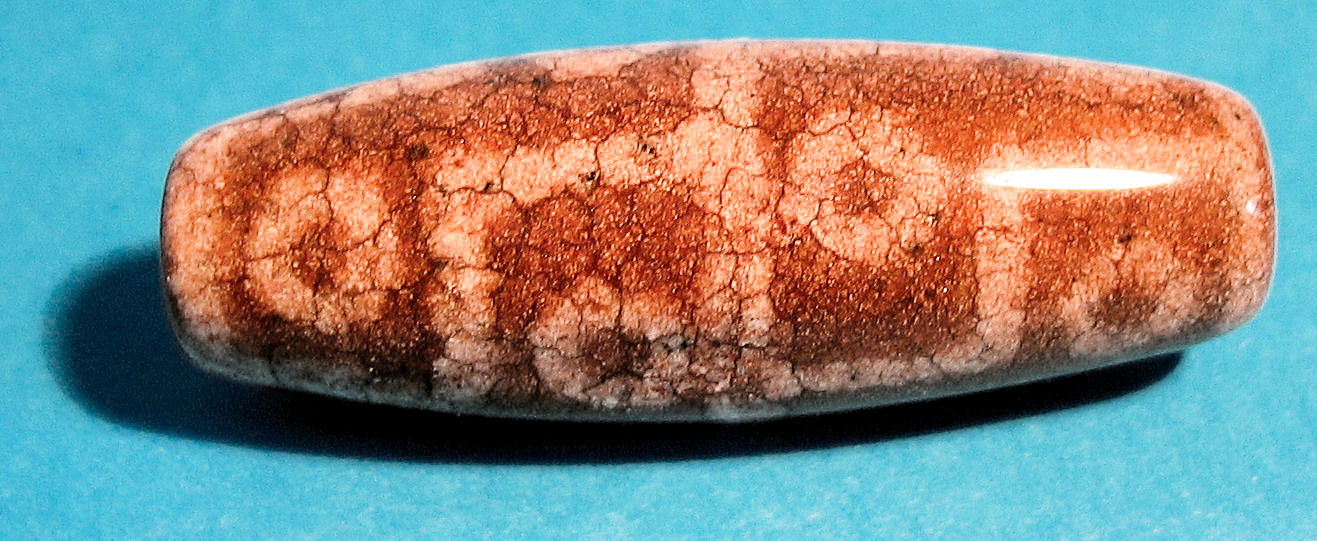
Price: $988.97 |

Price: $438.97 |
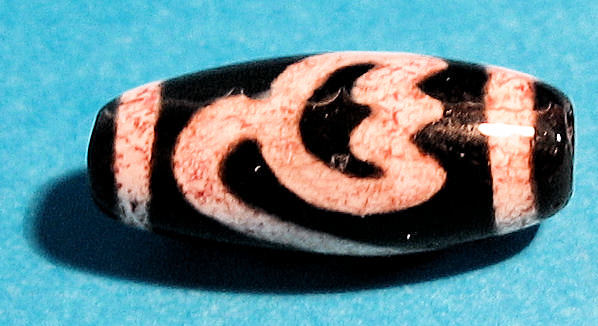
Price: $248.97 |
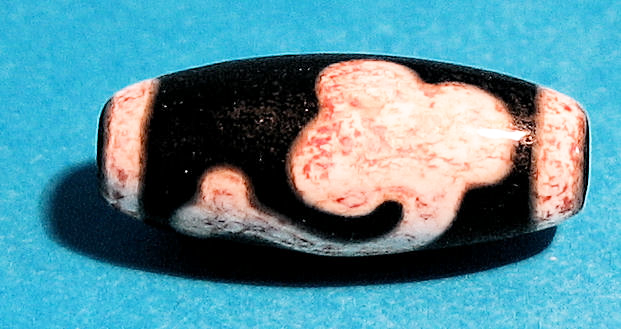
Price: $368.97 |

Price: $278.97 |

Price: $348.97 |
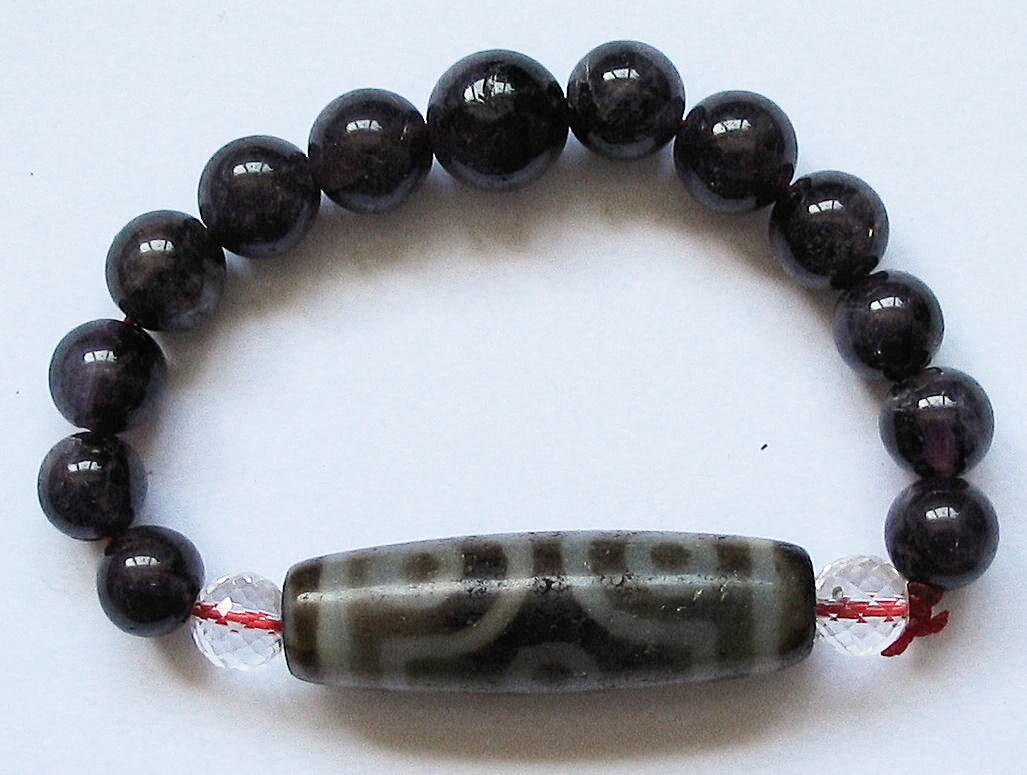
Price: $448.97 |
